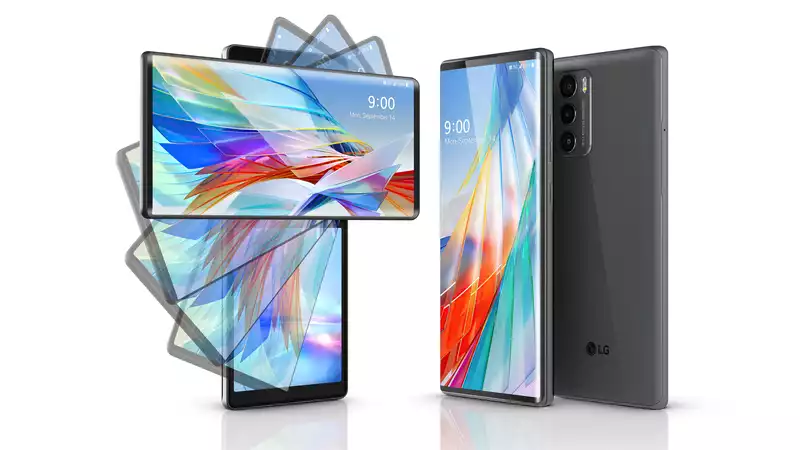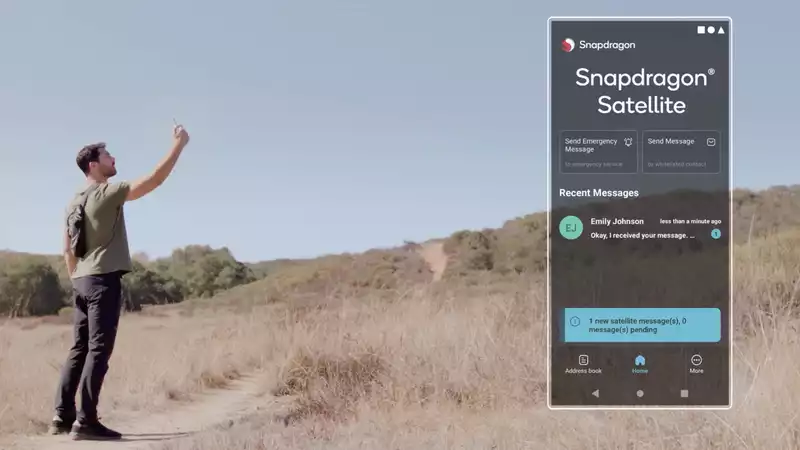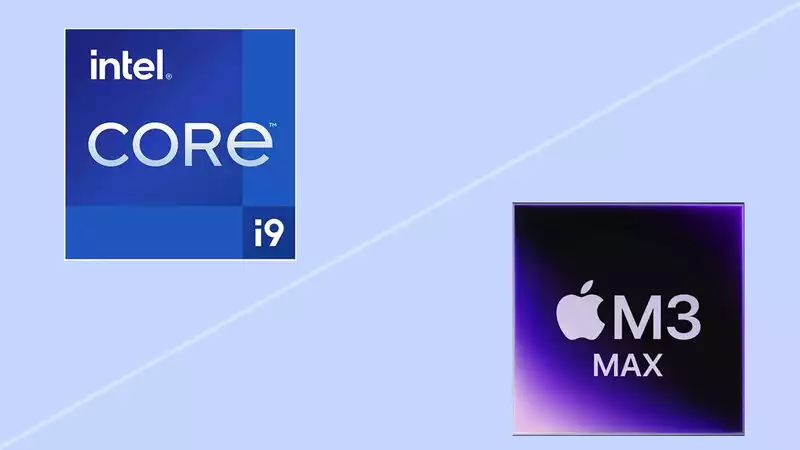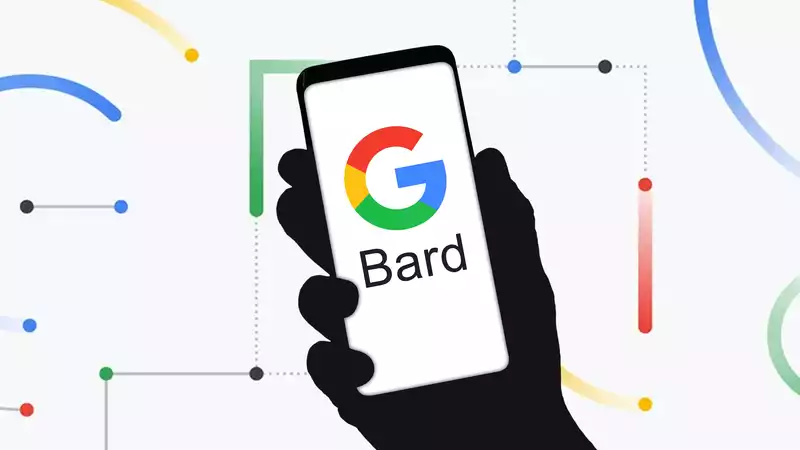In a year that has seen a number of strange cell phones, from ambitious folding phones to almost retro flip phones to dual-screen devices that open like a book, the LG Wing may be the strangest of them all... The LG Wing, coming to Verizon on October 15 , certainly a dual-screen phone itself, but it's unlike anything we've ever seen before.
The LG Wing has panels stacked one on top of the other, rather than side by side. In its most compact state, it looks like any other large candy bar style phone. However, when the top is moved 90 degrees to the side, the Wing forms a "T" shape, with a horizontal 6.8" display floating above a nearly square 3.9" display.
As you might imagine, LG envisions a variety of use cases for the Wing's unique form factor. Here is everything we know about it.
The LG Wing will be pre-released on Verizon on October 15 for $999. Reservations will begin on October 1 at Big Red, and buyers can get the phone for free with a new line of qualifying trade-ins and services. Eventually, the phones will be available on T-Mobile and AT&T to be announced at a later date; LG has not provided details on the availability of the unlocked phones at this time.
With Microsoft's Surface Duo costing $1,400 and Samsung's Galaxy Z Fold 2 costing a whopping $2,000, LG has a real opportunity.
At first glance with the LG Wing folded up, one would confuse it with other large Android flagships launching in 2020. However, things change quickly when the display is rotated.
What makes the Wing's highly asymmetrical design interesting is that LG encourages users to hold the device in different orientations, depending on what they are trying to do. For example, the "T" mode may make the most sense for accessing the capture controls on the bottom panel while capturing widescreen video with one hand.
However, when playing games, one would prefer to have a wider display in hand. In such a scenario, one might intentionally hold the Wing upside down, square screen up. Also, as seen in the leaked demo, sticking the Wing horizontally into a car mount would be an efficient use of space when trying to run Google Maps navigation and a media player at the same time.
While some may be concerned about whether its nifty hinge will stand up to the rigors of everyday use, LG says there is no need to worry; the Wing has been tested to withstand 200,000 rotations, which the company estimates will last five years of ownership. The phone also comes standard with a two-year warranty. Such a long warranty period is rare for a smartphone.
In terms of size, placing the screens on top of each other made the wings bulkier than the average phone, unsurprisingly. In a live demo, LG stacked the Wing next to the LG Velvet, but the new device was noticeably thicker. According to the spec sheet, LG's dual-screen phone is a tenth of an inch deeper than the Velvet. Also, given the size of the Wing's main 6.8-inch display, it is not expected to be a device that will easily fit in a pocket.
The LG Wing has different display arrangements depending on the application used. If you happen to receive a call while using the primary screen to watch a video or navigate, the call should automatically flow to the smaller panel; LG's first-party apps are also designed to dynamically recognize and use the extra area, evident by the fact that the viewfinder occupies the main panel while the camera controls are stored in the second panel.
We would expect to see many such examples in the LG Wing user experience. LG has stated that everything it has added to Android to achieve this dual-screen capability is open source, and that it encourages third-party developers to use its code to enhance their apps for Wing if they so desire.
Nevertheless, it is unlikely that Android developers will spend the extra effort to upgrade their apps for just one model; the Android world has seen similar developments many times before; extracting the maximum potential from Wing's unique design and making it appealing to buyers will be a challenge. It will ultimately be up to LG to extract the maximum potential from Wing's unique design and make it appealing to buyers.
The back of the LG Wing has three lenses: a 64-megapixel main shooter and two optics backed by 12- and 13-megapixel ultrawide sensors. The front-facing camera is housed in a pop-out mechanism hidden at the top edge and has a 32-megapixel shooter.
While the 64-megapixel primary lens might appear to be the star of the show, it is not. Rather, the 13MP ultra-wide-angle camera is supported by a gimbal mechanism, making it only the second phone to feature such a feature since the Vivo X50 Pro launched in the summer. [The gimbal is made possible thanks to LG's new Hexamotion sensor system, which guarantees stable recording and allows the camera to pan and tilt independently of the device thanks to an on-screen joystick. An impressive technology in a device that is already very different from any other cell phone currently on the market.
Interestingly, the 13MP gimbal back lens had to be oriented horizontally to be able to record landscape photos and videos while holding the Wing vertically. As a result, LG had to push in a second ultra-wide camera for traditional shooting scenarios. While this is a sensible approach, one wonders if it would have been more beneficial to users to have an optical zoom telephoto instead; one hopes that LG's digital zoom algorithm will be sufficient for snapping from a distance.
LG Wing is supported by Qualcomm's Snapdragon 765G system-on-chip. This is the exact same processor found in the LG Velvet and countless other low-cost 5G phones, including the OnePlus Nord and perhaps the still unreleased Google Pixel 4a 5G.
I have some doubts about the 765G's ability to drive two displays simultaneously, but LG believes this CPU is up to the task and points out that the Velvet is able to successfully handle multi-window mode with the exact same processor.
This silicon is paired with 8GB of RAM and 256GB of internal storage; the Wing also has a microSD card slot that can be expanded up to 2TB.
Lighting these displays and powering the processor chugging along is a 4,000mAh battery, which LG says has been significantly optimized for Wing's power consumption and general efficiency in order to maximize longevity on a single charge. The company did not go into specifics, but we are eager to try it out once we get our hands on the WIng for review.
I have to admit: I still think the LG Wing looks pretty silly, despite its obvious potential usefulness in its design; the fact that the Wing's two displays are so different makes this device a different kind of multi-touch device than, say, Microsoft's Surface Duo and opens it up to different kinds of multitasking scenarios. For example, taking photos and videos appears to be better suited to the Wing.
Regardless of how you feel about the Wing's design and whether or not you think you can draw benefits from the Wing, there is no denying that LG refuses to rest on its laurels. born from an internal incubation initiative called LG Explorer. Wing is certainly targeting opportunities that most handset makers are not doing right now. We look forward to finding out if those opportunities pay off soon.
.









Comments